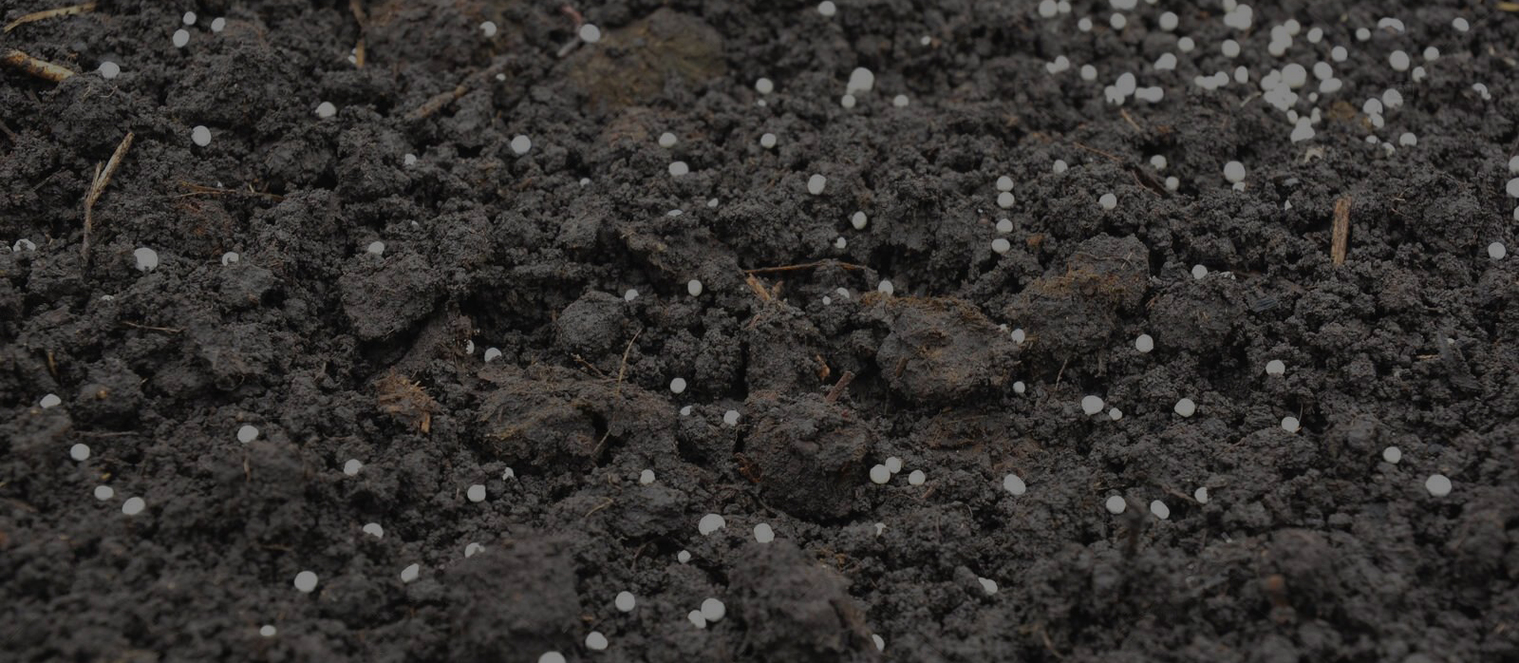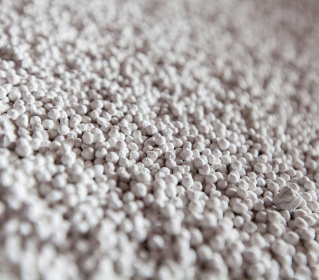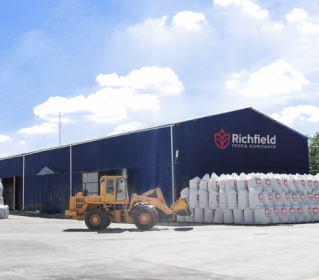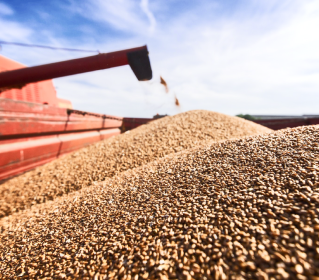
Apply and not lose nitrogen: steps to ensure better nitrogen nutrition
The problems of export restrictions on grown grain, the availability of financial instruments, high prices for MTZ and the impossibility of safe long-term planning due to the war, stimulate the Ukrainian farmer to pay attention to every single "detail" in the cost of grown products, to count fertilizers not by hundredweights, but by kilograms or even grams . The management of nitrogen fertilizers, which traditionally make up the lion's share of the cost structure, also includes the minimization of the so-called non-productive losses of the active substance N. What is it and how can it be avoided?
1. Denitrification
The biological process of conversion (reduction) of nitrate nitrogen to nitrite nitrogen and then to the molecular gaseous form of NO, N2O, N2, which is lost to the atmosphere. A fundamentally opposite process to nitrification (oxidation of ammonium (NH4+) to nitrate).
Denitrification in the soil accounts for 70-80% of nitrogen losses to the atmosphere. The course of the process is gradual: NO3->NO2->NO->N2O->N2. Soil denitrifiers — 150 species from 50 genera of soil microbiota, among them Corynebacterium sp., Micrococcus denitrificans, Pseudomonas sp. All of them are facultative anaerobes, that is, they do not take oxygen for their vital activity from the atmosphere (like aerobic bacteria, such as Nitrosomonas, Nitrobacter), but release it from NO3- and NO2-.
Ways to reduce the intensity of the denitrification process:
apply nitrogen-containing mineral and organic fertilizers no deeper than 12-20 cm (depending on the type of soil) into the aerobic layer, where aerobic bacteria work;
aeration of the soil - deep loosening, sowing siderates, etc.;
avoid over-compaction and flooding of the soil;
transition to shelf-free tillage.
2. Losses of volatile ammonia into the atmosphere
In particular, this applies primarily to urea and fertilizers containing amide nitrogen (KAS, amide-sulfur fertilizers). Direct sunlight in cloudless weather at an external temperature of 10+ °C can create a so-called "lens effect" on a urea granule, when at the "contact" point the temperature can increase to 100 °C and provoke self-dissolution of the granule and the release of free ammonia into the atmosphere. Ineffective losses d.r. nitrogen in this way can reach 30-50% in a few hours. Therefore, especially during the late spring application of amide fertilizers, it is important to work them into the soil immediately. The same applies to ammonium fertilizers (ammonium nitrate, ammonium sulfate, ammonia water), although the potential losses here are much lower.
3. Washing into the lower layers of the soil profile
The plant is able to consume mineral nitrogen exclusively in 3 forms: nitrate, ammonium and amide. Ammonium is a cation with a positive charge, binds to negatively charged HVC colloids and is quite immobile in the soil. Nitrate is an anion with a negative charge that is easily washed out with moisture beyond the root layer of the soil, especially on light soils. On a typical light loamy soil, 3 mm of precipitation provokes leaching of nitrates to a depth of 1 cm. Amide (urea) is able to wash with water through the soil profile even more intensively than nitrate, because there is no charge and it has the smallest molecular size of the three forms. Therefore, it is extremely important to plan nitrogen fertilization according to the needs and phases of the crops and not to put it "on deposit". In this context, it is also worth noting the immobilization of nitrogen by soil microbiota, which uses available nitrogen from the soil for its vital activity and protein synthesis, blocking it in its bodies. This nitrogen will become available again only after the death and mineralization of the remaining microorganisms in the soil.
4. Loss of volatile nitrogen compounds in the process of biological transformation of nitrogen in the soil
Ammonification (conversion of organic nitrogen compounds into ammonia and ammonium) and nitrification (ammonium into nitrate), which occur with the participation of specific bacteria, are also accompanied by losses of nitrogen compounds into the atmosphere. The percentage of these losses can be leveled by using special inhibitor substances that inhibit the activity of Nitrosomonas bacteria (nitrification inhibitors nitrapyrin, pronitridine, DCD, DMPP-3,4) or block the hydrolysis of urea into ammonium carbonate, suppressing the activity in bacteria. Nitrogen conversion inhibitors can also be added to organic fertilizers, manure, composts, etc. These substances make it possible to provide available nitrogen to the root system of field crops during periods of active growth and high demand.
5. Nitrogen losses due to erosion, surface runoff
Eroded, sloping lands provoke the washing away of introduced nitrogen into lowlands and valleys, which leads to the pollution of rivers, ponds and other bodies of water. An effective measure in the fight against soil erosion is the use of organic fertilizers, ameliorants, sowing of crops with a powerful mushy CS and minimization of tillage.











